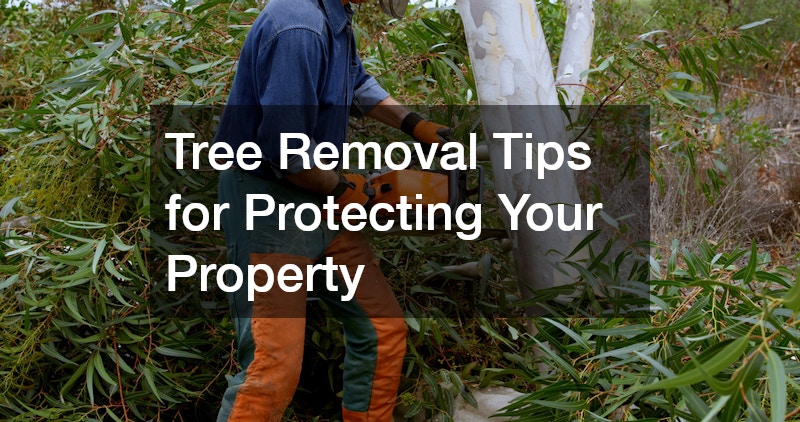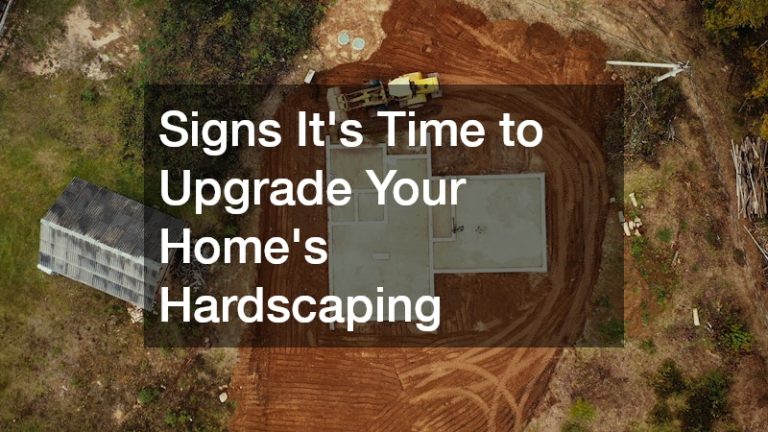
When it comes to maintaining your property, one essential task is managing the trees on your land. While trees provide shade, improve air quality and add beauty to your surroundings, they can also pose risks if not properly cared for. Sometimes, tree removal is necessary to protect your home, garden and safety. This guide shares practical tips for protecting your property while ensuring safety and compliance with local regulations.
Why Removal May Be Necessary
Not every tree needs to be removed, but some circumstances make it unavoidable. Trees that are dead, diseased or severely damaged pose a threat of falling branches or collapse. Such incidents can cause property damage or injury. Overgrown trees close to buildings can also damage roofs, gutters and foundations through root invasion or falling limbs. In some cases, councils may require removal if a tree endangers public safety or infrastructure.
Before deciding on removal, it’s important to assess the condition of the tree and its location. Consulting a professional arborist can help determine if pruning or treatment is sufficient or if removal is the safest option.
Plan Carefully
Tree removal is a complex task that requires careful planning and preparation. Haphazard removal can lead to accidents, damage to property and injury, so it’s essential to approach the process methodically. First, assess the tree and its surroundings by evaluating its size, health and proximity to buildings, power lines and fences. Consider the direction the tree leans and any potential hazards nearby. Identifying obstacles in the drop zone helps plan where the tree will fall safely.
It is also crucial to check local regulations and obtain any necessary permits before proceeding. In many Australian states and territories, local councils regulate removal, particularly for significant or protected species. Failing to comply with council requirements can result in fines or orders to replace the removed trees.
Safety should always be a priority during the process. The task often involves heavy machinery and sharp tools such as chainsaws, so using appropriate safety gear — including helmets, gloves, eye protection and sturdy footwear — is essential. For those without experience, hiring professionals equipped with the correct training and tools is the safest option.
Protect Your Property
Removing a tree can potentially damage your home, fences, driveways and gardens if not managed properly. To protect your property during the process, it is important to clear the work area by removing vehicles, outdoor furniture and garden ornaments from the immediate vicinity. Informing family members and neighbours about the planned removal ensures everyone stays clear and safe.
Where possible, use protective barriers or fencing around sensitive garden beds and structures near the tree. This precaution helps prevent accidental damage caused by falling branches or machinery during the removal.
Planning the tree’s fall path is another crucial step. Experienced removers carefully decide exactly where a tree will fall and clear that zone completely. When a tree must be removed close to buildings, cutting it down in sections rather than allowing one large fall is often the safest method. However, this technique requires professional skill and equipment to be carried out safely.
Hiring Professionals & DIY Considerations
Removing trees is dangerous and technically challenging. While some homeowners may consider a DIY approach for small trees, large or hazardous trees should always be handled by licensed professionals.
Professional arborists have the training, experience and equipment to safely remove trees with minimal risk. They can also advise on whether removal is the best option or if pruning or treatment is more suitable. When choosing a service, check for proper licensing, insurance and references.
If you decide on DIY removal for smaller trees, follow all safety guidelines carefully and never work alone. Avoid removing trees near power lines or on steep slopes.
After Removal: Stump & Site Management
Once the tree is gone, you will be left with a stump and debris. Removing the stump quickly is important to avoid hazards and prepare your land for future use.
Stump grinding is the most effective way to remove stumps. It reduces the stump below ground level without disturbing the surrounding soil excessively. Alternatively, chemical stump removers can be used but they take longer.
Clean up branches, leaves and wood debris promptly. Wood chips can be repurposed as mulch for gardens or composted.
Environmental Considerations & Replanting
Tree removal impacts the environment, especially if large or native trees are involved. Where possible, consider replanting native species that are well suited to your area. Native plants support local wildlife and improve biodiversity.
Check local council programs that may offer free or subsidised tree planting to help offset removal impacts.
Removing a tree can be a necessary step to protect your property from damage and hazards. However, it requires careful planning, respect for local regulations and a strong focus on safety. Whether you engage a professional or attempt small removals yourself, always prioritise protecting your home, garden and neighbours.
By following these tips, you can ensure the process is safe, efficient and compliant with Australian standards. Proper care during and after removal will help maintain the beauty and safety of your property for years to come.
.




